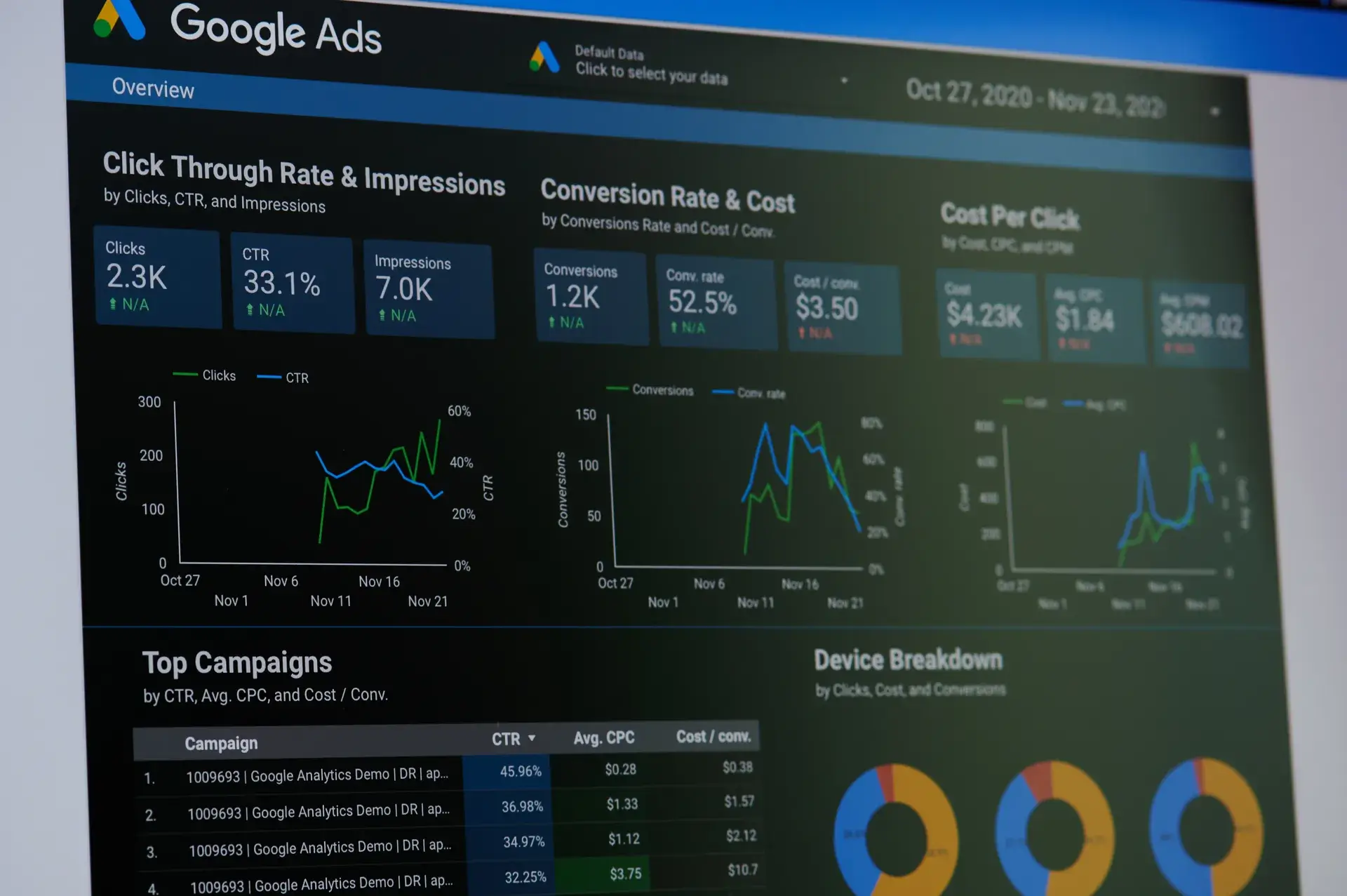Google Display Ads Management is a crucial component of any successful digital marketing strategy. Display ads allow businesses to reach a wider audience by showcasing their products and services across a variety of websites. This guide will provide you with insights into the effective management of Google Display Ads, including the setup process, targeting options, creative strategies, and performance tracking to ensure a higher return on investment (ROI).
Understanding Google Display Ads
Google Display Ads are visual advertisements that appear on websites, apps, and videos within the Google Display Network (GDN). With over 2 million websites participating, the GDN gives advertisers an expansive reach to promote their brand. Display ads can be static images, animations, or videos, depending on the campaign's goals.
1. Setting Up Your Google Display Ads Campaign
To create an effective campaign, follow these vital steps:
- Define Your Goals: Clarify what you want to achieve—brand awareness, lead generation, or sales conversions.
- Select Your Campaign Type: Choose the campaign type that fits your goals; options include standard display, remarketing, or smart display campaigns.
- Budget Planning: Establish a daily or monthly budget that aligns with your marketing goals and overall strategy.
2. Targeting Options
Effective targeting ensures your ads reach the right audience:
- Contextual Targeting: Show ads based on the content of the website.
- Demographic Targeting: Target users based on age, gender, and parental status.
- Remarketing: Re-engage users who have previously interacted with your site.
- Interests and Topics: Target users based on their interests and topics they typically engage with.
3. Crafting Eye-Catching Display Ads
The effectiveness of your display ads relies heavily on their design and message:
- Use High-Quality Visuals: Rich images and videos can capture attention more effectively than text.
- Compelling Copy: Write clear and persuasive copy that prompts users to take action.
- Call-to-Action (CTA): Incorporate strong CTAs that direct users on what to do next, such as “Shop Now” or “Learn More.”
4. Tracking and Optimizing Performance
To gauge the success of your display ads, employ the following strategies:
- Use Google Analytics: Monitor user behavior on your site to assess performance and conversions.
- A/B Testing: Test different ad variations to determine which performs better.
- Adjust Targeting: Analyze results and refine your targeting options based on performance data.
Conclusion
Google Display Ads Management requires careful planning, execution, and continual optimization to be effective. By setting clear goals, targeting the right audience, crafting compelling ads, and consistently analyzing performance, you can greatly enhance your online advertising efforts. For personalized assistance in managing your Google Display Ads, consider partnering with a professional agency like Prebo Digital to help maximize your ROI.





